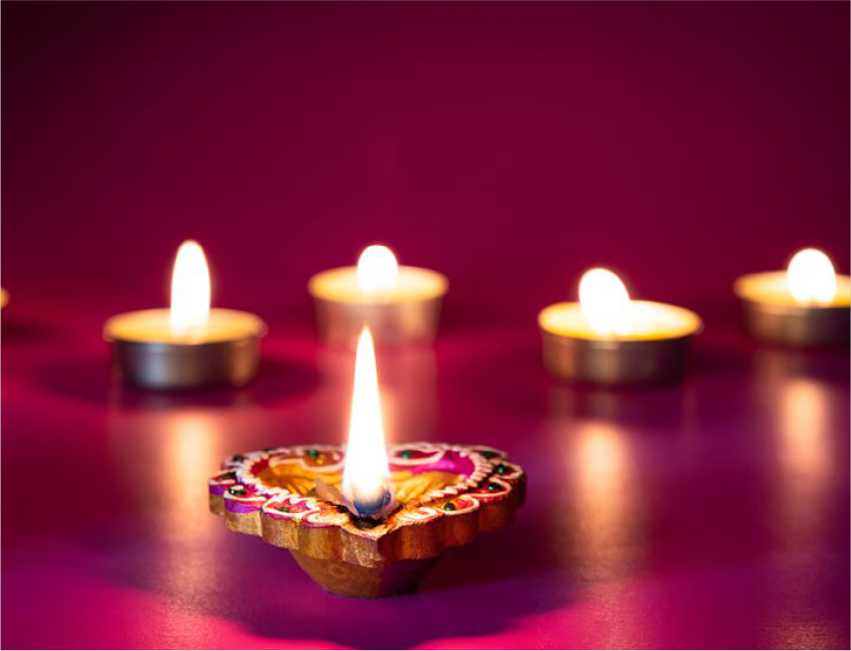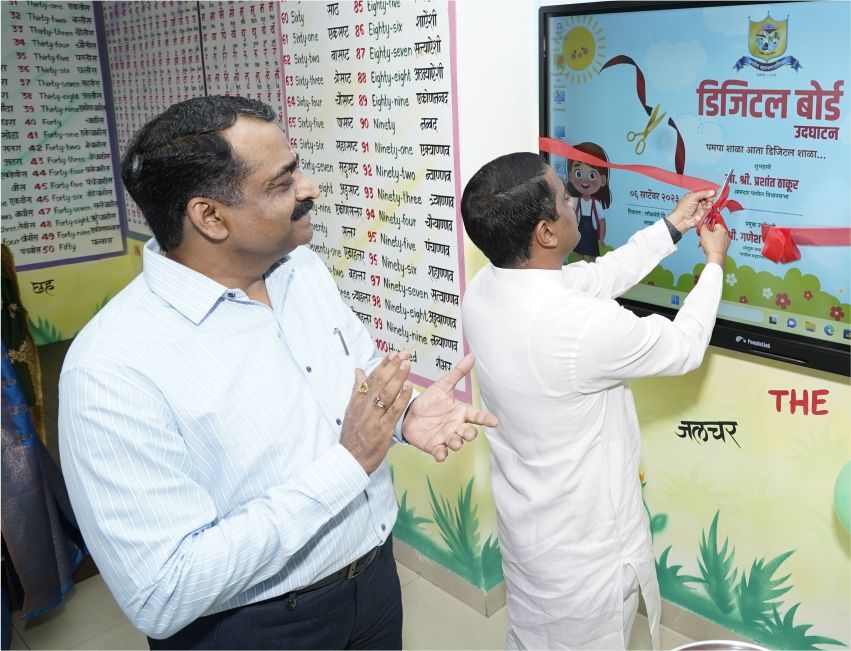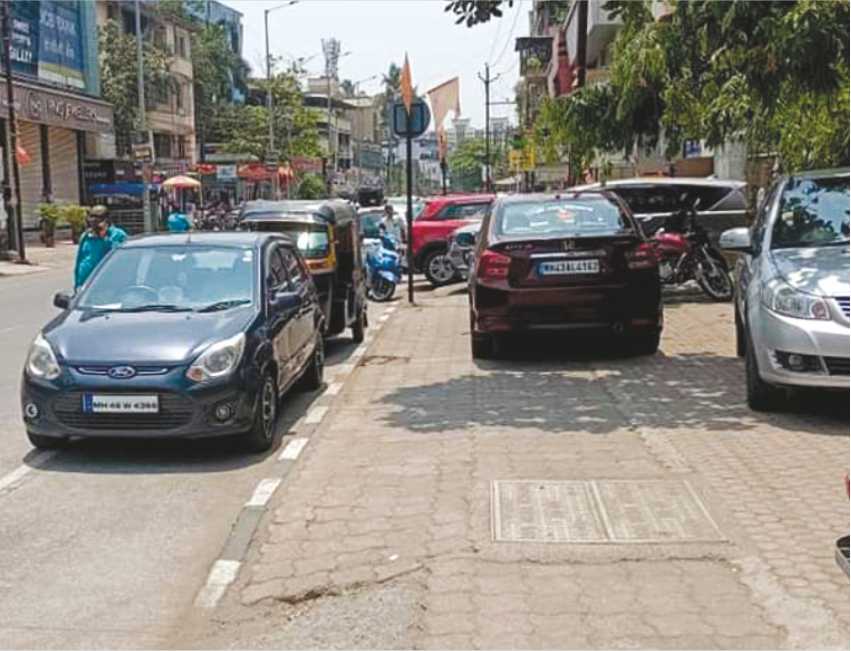Embracing an Eco-Friendly Diwali

- Varda Sharma
- 11 Nov, 2023
Diwali, the festival of lights, is a time-honoured tradition celebrated with immense joy and enthusiasm across the Indian subcontinent. While the festivities bring families and communities together, it's essential to recognize the environmental impact that accompanies the revelry, particularly the surge in air pollution.
The traditional Diwali celebrations involve the lighting of oil lamps, bursting of firecrackers, and the exchange of gifts and sweets. While the twinkling lights add a magical charm to the atmosphere, the indiscriminate use of firecrackers has led to a significant spike in air pollution levels during the festive season. The ensuing smog not only affects human health but also takes a toll on the environment, contributing to climate change and other ecological imbalances.
One of the primary reasons to shift towards a more eco-friendly Diwali is the alarming rise in air pollution and its severe consequences on public health. The toxic fumes released by firecrackers contain harmful chemicals like sulphur dioxide, nitrogen dioxide, and particulate matter, all of which can lead to respiratory problems, aggravate existing conditions, and pose serious health risks, especially for the elderly and children.
Choosing eco-friendly alternatives for lighting is a small yet impactful step toward reducing air pollution. Opting for LED lights instead of traditional oil lamps not only saves energy but also minimizes carbon emissions. Embracing this change aligns with the spirit of Diwali, which is about spreading light and joy while respecting and protecting the environment.
The tradition of bursting firecrackers has deep roots in Diwali celebrations, symbolizing the victory of light over darkness. However, the environmental cost of this practice is too high to ignore. The ear-splitting noise and the noxious pollutants released into the air contribute significantly to the deterioration of air quality.
As responsible citizens, it is crucial to acknowledge the adverse effects of our actions on the environment and take steps to mitigate them. Several regions have already initiated campaigns advocating for a "Green Diwali," promoting the use of eco-friendly firecrackers or, better yet, encouraging people to celebrate without them. These alternatives not only reduce the environmental impact but also ensure that the festive spirit remains intact.
Educating the public about the environmental consequences of traditional Diwali practices is a vital aspect of promoting change. Schools, community organizations, and governmental bodies can play a pivotal role in raising awareness about the importance of celebrating Diwali in an eco-friendly manner. Initiatives such as organizing eco-friendly Diwali workshops, distributing informational pamphlets, and leveraging social media platforms can effectively convey the message to a broader audience.
Moreover, governmental regulations and interventions are essential in curbing the use of harmful firecrackers. Strict implementation of existing guidelines and the introduction of new policies that promote the sale and use of eco-friendly firecrackers can contribute significantly to reducing air pollution levels during Diwali.
Celebrating Diwali in an eco-friendly manner and keeping air pollution under control is not just a choice but a collective responsibility. As we illuminate our homes with joy, let us also light the path toward a sustainable and environmentally conscious future. By adopting simple yet effective measures, such as using LED lights, choosing eco-friendly firecrackers, and promoting awareness, we can ensure that the festival of lights does not cast a shadow on the air we breathe. This Diwali, let us celebrate responsibly, embracing traditions with a commitment to preserving the beauty of our environment for generations to come.
On behalf of the entire team of Newsband, we wish all our esteemed readers a Very Happy Diwali




